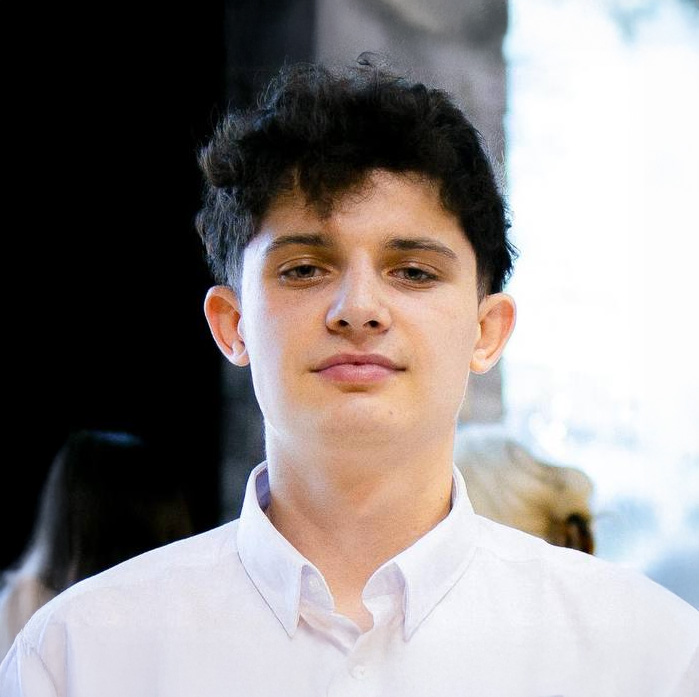Finding fresh graphic design ideas can feel overwhelming when you’re staring at a blank canvas or struggling with creative block. The good news is that inspiration exists everywhere, from dedicated online platforms to everyday experiences around you.
The best sources for graphic design ideas include specialized websites like Behance and Dribbble, design communities such as 99designs, and offline sources like nature, architecture, and street art. These platforms showcase thousands of creative projects across different industries and styles, giving you instant access to current trends and innovative approaches.
Your creative process becomes more dynamic when you combine multiple inspiration sources. Online galleries provide structured browsing by category and style, while real-world observations offer unique perspectives that can set your work apart from digital-only inspiration.
Key Takeaways
- Online design platforms and communities offer vast collections of current work and trending styles
- Offline sources like nature, architecture, and everyday objects provide unique creative perspectives
- Combining multiple inspiration sources and staying active in design communities helps overcome creative blocks


Top Online Platforms for Graphic Design Ideas
Professional design platforms showcase millions of creative works from designers worldwide, while social media networks offer real-time trends and diverse visual content for inspiration.
Using Behance for Inspiration
Behance serves as Adobe’s premier creative portfolio platform where graphic designers showcase their best work. You can browse projects by category, color, or creative field to find specific types of design inspiration.
The platform’s Project Pages display complete design processes. You’ll see initial concepts, iterations, and final outcomes. This transparency helps you understand how successful designs develop from idea to completion.
Featured collections highlight trending work and seasonal campaigns. Adobe curates these galleries to showcase exceptional creativity across different industries and design disciplines.
You can follow specific designers whose work resonates with your style. Their project updates appear in your feed, creating a personalized stream of relevant inspiration.
The Appreciations feature works like a bookmark system. Save designs that catch your attention for future reference during your own creative projects.
Exploring Dribbble Showcases
Dribbble functions as a design community focused on sharing work-in-progress shots and finished pieces. The platform emphasizes visual presentation over lengthy project descriptions.
Popular shots surface daily based on community engagement. These represent current design trends and techniques that resonate with professional designers worldwide.
The Color Search tool lets you find designs using specific color palettes. This feature proves valuable when working on projects with predetermined brand colors or aesthetic requirements.
Playoff competitions showcase multiple design approaches to similar challenges. You can study how different designers solve the same creative problem using various techniques and styles.
Designer profiles reveal creative processes and specializations. Following designers in your field provides consistent exposure to relevant techniques and industry developments.
Finding Ideas on Pinterest
Pinterest operates as a visual discovery engine where users create boards around specific topics and aesthetics. Design-related content spans from professional work to DIY projects and lifestyle inspiration.
Board curation allows you to organize ideas by project type, client, or visual theme. Create separate boards for typography, color palettes, layout concepts, and industry-specific designs.
The platform’s algorithm suggests related pins based on your saved content. This creates a feedback loop that refines recommendations toward your specific design interests and needs.
Rich Pins provide additional context about design projects, including creator information and project details when available from the original source.
Search functionality includes visual search tools that let you upload images to find similar designs and color schemes across the platform’s extensive database.
Leveraging Instagram for Design Discovery
Instagram’s visual format makes it ideal for discovering design trends and following creative professionals in real-time. The platform combines finished work with behind-the-scenes content.
Hashtag research reveals design communities and trending topics. Popular tags like #graphicdesign, #branding, and #typography connect you with relevant content and creators.
Stories and Reels show design processes, tool demonstrations, and quick tips from working designers. This content provides practical insights alongside visual inspiration.
The Explore page algorithm surfaces content similar to accounts and posts you engage with regularly. Double-tap designs that interest you to improve future recommendations.
IGTV and video content often includes tutorials, time-lapse creation videos, and designer interviews that combine inspiration with educational value for your own creative development.
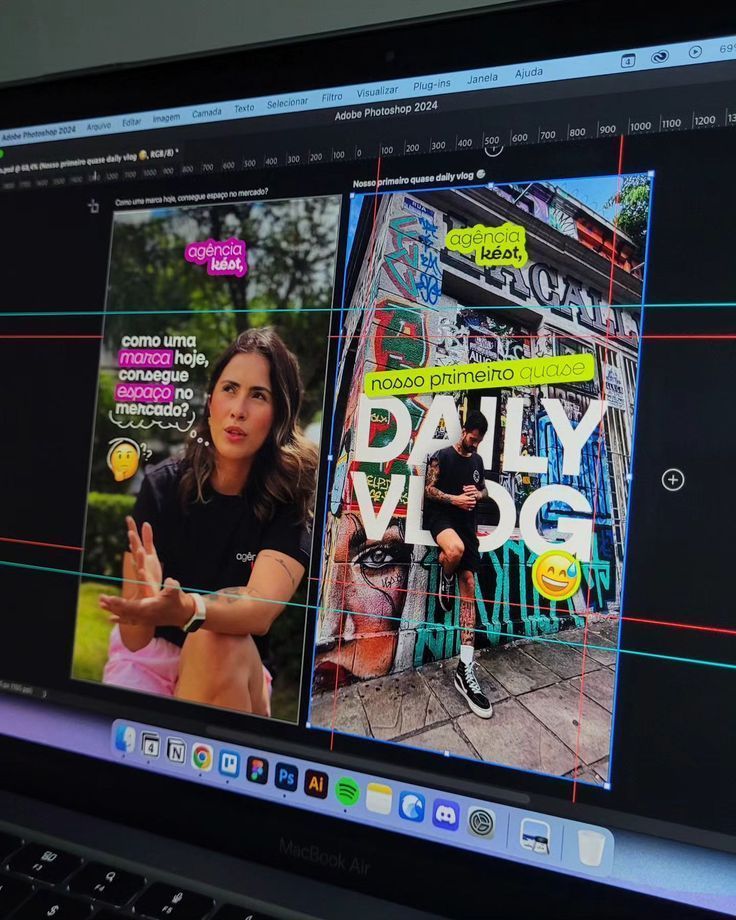
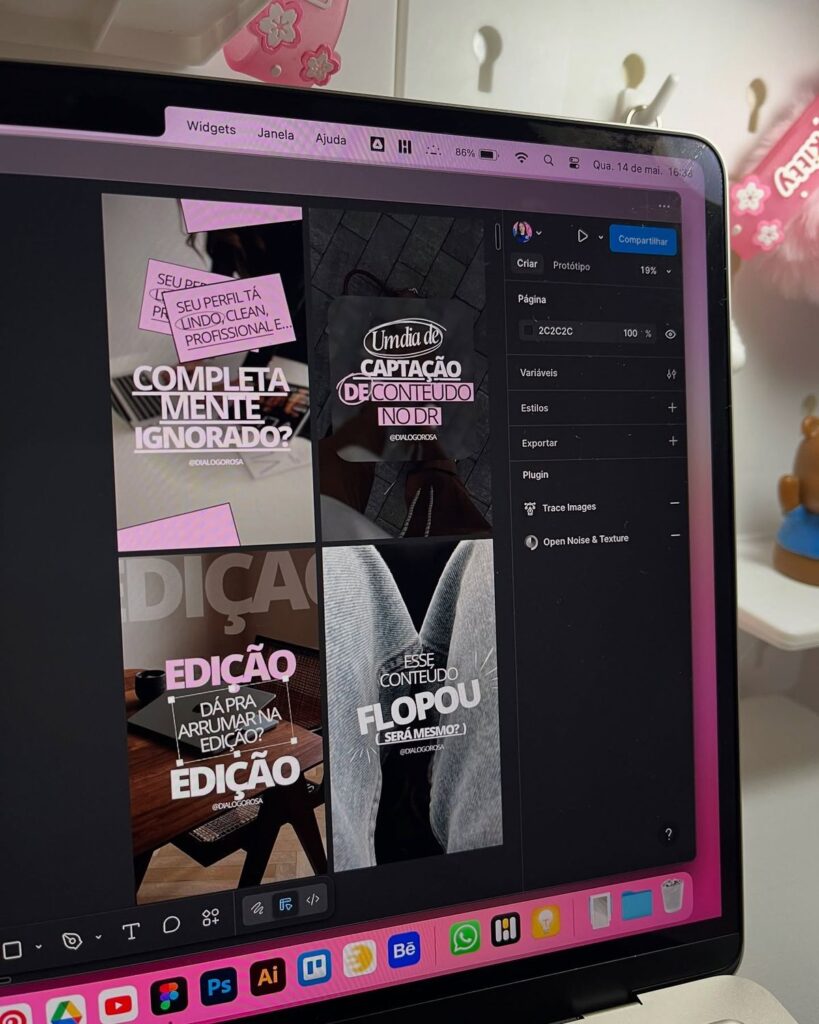
Offline and Everyday Sources of Creative Inspiration
Physical environments and real-world experiences provide graphic designers with rich sources of inspiration that digital platforms cannot replicate. These tangible encounters help break through creative block by engaging your senses directly and exposing you to unexpected visual elements.
Visiting Art Galleries and Museums
Art galleries and museums offer concentrated exposure to diverse visual styles and creative approaches. You can study composition techniques, color palettes, and typography choices from both historical and contemporary artists.
Museums display artifacts that showcase different cultural aesthetics and design philosophies. These environments let you examine textures, materials, and craftsmanship up close.
Key benefits for graphic designers:
- Direct observation of professional art design techniques
- Exposure to different cultural visual languages
- Understanding of how context influences artistic choices
Gallery exhibitions often feature experimental work that pushes creative boundaries. You can photograph details that catch your attention for later reference in your projects.
Many museums offer design-focused exhibitions that specifically showcase graphic design, poster art, and typography. These displays provide direct professional inspiration for your field.
Drawing Influence from Nature and Architecture
Natural environments provide endless inspiration through organic forms, color combinations, and pattern variations. You can observe how light interacts with different surfaces and textures throughout the day.
Architecture offers structured design inspiration through geometric forms, material combinations, and spatial relationships. Building facades display typography, signage, and visual hierarchy in real-world applications.
Specific elements to observe:
- Natural patterns: Tree bark textures, leaf arrangements, rock formations
- Color relationships: Seasonal changes, sunrise/sunset palettes, water reflections
- Architectural details: Building materials, window arrangements, structural elements
Urban environments combine natural and artificial elements in unique ways. Street art, storefront designs, and public installations demonstrate how design inspiration adapts to different contexts and audiences.
Photographing these elements creates a personal reference library for future projects when you encounter creative block.
Socializing and Networking with Other Creatives
Direct conversations with other graphic designers and creative professionals provide insights into different working methods and creative processes. You gain exposure to projects and techniques outside your usual scope.
Creative meetups and design events allow you to see work in progress and understand the thinking behind design decisions. These interactions often spark new approaches to your own projects.
Networking opportunities:
- Local design meetups and workshops
- Creative coworking spaces
- Professional association events
- Art openings and creative showcases
Collaborative projects with other creatives expose you to different skill sets and design perspectives. Working alongside illustrators, photographers, or web designers broadens your visual vocabulary.
Informal conversations about creative challenges help you discover new tools, techniques, and inspiration sources. Other designers often share resources and methods that become valuable additions to your creative process.


Trending Styles and Approaches for Graphic Design Ideas
Current design trends emphasize clean minimalist aesthetics, experimental typography choices, and strategic color applications that create visual impact. These approaches offer practical frameworks for developing fresh design concepts across digital and print media.
Minimalist Design Concepts
Minimalist design strips away unnecessary elements to focus on essential visual components. This approach uses abundant white space, limited color palettes, and clean geometric shapes to create sophisticated compositions.
Key minimalist principles include:
- Single focal points that draw immediate attention
- Typography with generous spacing and readable fonts
- Color schemes limited to 2-3 complementary tones
- Grid-based layouts that maintain visual balance
Modern minimalist design often incorporates subtle textures or gradients to add depth without complexity. The style works effectively for tech brands, luxury products, and professional services.
Negative space becomes a design element itself in minimalist compositions. Strategic placement of content creates breathing room that enhances readability and visual hierarchy.
Experimenting with Bold Typography
Bold typography serves as both text and graphic element in contemporary design trends. Creative typography approaches include oversized headlines, custom letterforms, and mixed font combinations that create visual interest.
Effective bold typography techniques:
- Scale contrast between headline and body text
- Custom lettering that reflects brand personality
- Layered text effects with transparency and shadows
- Mixed typeface pairings combining serif and sans-serif fonts
Typography trends in 2025 emphasize experimental letterforms and three-dimensional text effects. Designers combine traditional fonts with hand-drawn elements or digital distortions.
Color gradients applied to typography create depth and visual appeal. This technique works particularly well for digital applications and social media graphics.
Creative Use of Color and Composition
Strategic color choices and compositional techniques define modern graphic design approaches. Current trends favor vibrant color combinations, asymmetrical layouts, and dynamic visual flow patterns.
Color and composition strategies include:
- Monochromatic schemes with varying saturation levels
- Complementary color pairs that create visual tension
- Diagonal compositions that guide viewer attention
- Overlapping elements that add dimensional depth
Gradient applications extend beyond backgrounds to include typography and graphic elements. Designers layer multiple gradients to create complex color transitions and atmospheric effects.
Asymmetrical balance replaces traditional centered layouts in contemporary design. This approach creates dynamic compositions that feel more organic and engaging than rigid grid systems.


Types of Graphic Design Projects for Idea Generation
Working on specific project types helps generate fresh design concepts while building diverse portfolio pieces. These categories offer structured approaches to developing your creative skills across different mediums and client needs.
Logo and Branding Projects
Logo design forms the foundation of visual identity systems. Start with simple geometric shapes or wordmarks to explore typography and symbolism.
Branding projects extend beyond logos to include color palettes, fonts, and brand guidelines. Create complete visual identity packages for fictional companies or rebrand existing businesses.
Business cards and stationery designs complement logo work. These projects teach you to apply brand elements consistently across different formats and sizes.
Consider designing:
- Monogram logos using initials
- Icon-based marks for specific industries
- Wordmark logos focusing on typography
- Brand style guides with color codes and usage rules
Product packaging design challenges you to think three-dimensionally. Mock up boxes, bottles, or bags that reflect brand personality while meeting functional requirements.
Infographics, Posters, and Brochures
Infographics combine data visualization with compelling design. Choose topics you understand well and transform statistics into visual stories using charts, icons, and flow diagrams.
Poster design allows experimentation with typography hierarchy and visual impact. Create event posters, movie posters, or educational posters that communicate messages quickly.
Brochures test your ability to organize information across multiple panels. Practice tri-fold layouts for businesses, travel destinations, or educational institutions.
These projects develop skills in:
- Information hierarchy and flow
- Typography pairing and sizing
- Color psychology for different audiences
- Visual metaphors and symbolism
Banner ads teach you to work within strict size constraints while maintaining visual appeal. Design display ads for websites or social media platforms.
Book Covers, Magazine Covers, and Album Art
Book cover design requires understanding genre conventions while creating unique visual hooks. Study bestseller lists to identify current design trends in different categories.
Magazine covers balance multiple elements including headlines, images, and branding. Practice with existing publications by redesigning covers using different photographic or illustrated approaches.
Album art offers creative freedom to interpret music visually. Listen to songs and translate emotions, themes, or lyrics into compelling imagery.
Social media graphics extend these skills to digital platforms. Create template systems for Instagram posts, Facebook covers, or YouTube thumbnails.
Key considerations include:
- Target audience preferences and expectations
- Genre-specific design conventions
- Print versus digital format requirements
- Mockup presentation for portfolio display
Merchandise design applies these concepts to physical products like t-shirts, mugs, or tote bags.
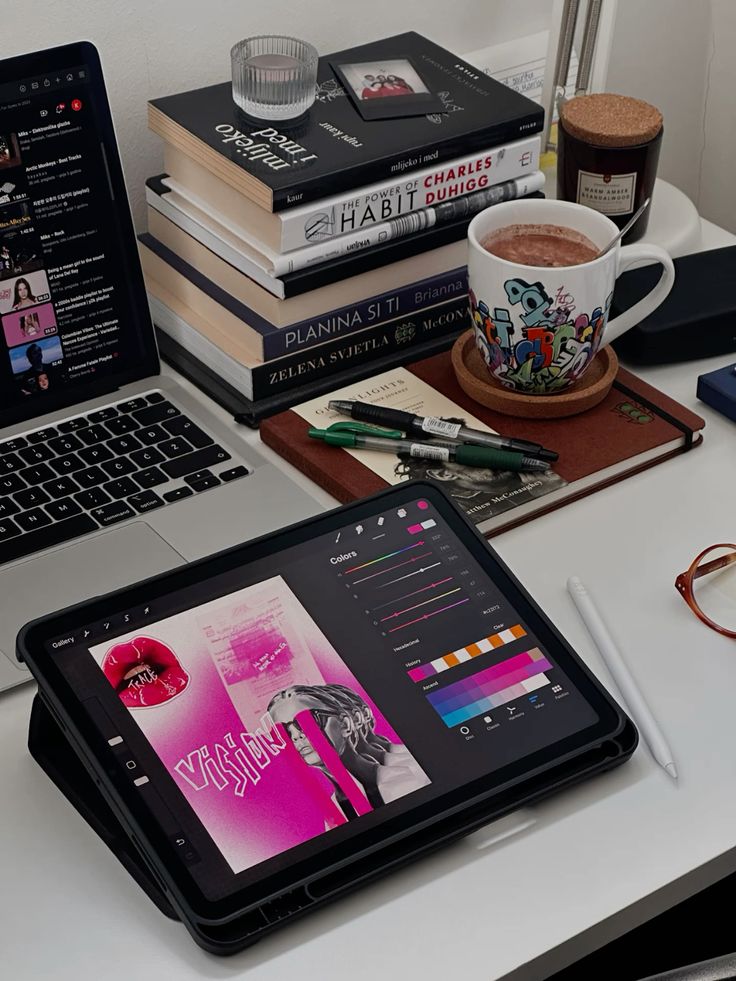

Overcoming Creative Block and Boosting Your Idea Process
Breaking through creative block requires active experimentation and external perspectives. These approaches help graphic designers rediscover their creative flow when inspiration feels distant.
Trying New Techniques and Practicing for Fun
Creative block often stems from using the same design methods repeatedly. Switch to unfamiliar software or tools to challenge your thinking patterns.
Experiment with different mediums:
- Hand sketching instead of digital work
- Collage and physical materials
- Photography for texture inspiration
- Typography exercises with unusual fonts
Practice without client constraints or deadlines. Create personal projects with no specific outcome in mind. This removes performance pressure that contributes to creative block.
Try the 30-minute challenge approach. Set a timer and create something completely different from your usual work. Random word generators or design prompt websites provide starting points.
Copy masters’ work to understand their techniques. Recreate famous posters or logos by hand. This isn’t plagiarism when used for learning. It builds technical skills while studying successful design solutions.
Join online design challenges or participate in daily creative exercises. These structured activities provide direction when your own ideas feel stuck.
Seeking Feedback from Peers and Mentors
External perspectives break internal creative loops that cause design inspiration to stagnate. Share rough concepts and early sketches rather than polished work.
Effective feedback sources include:
- Design communities like Dribbble or Behance
- Local creative meetups and workshops
- Online forums specific to graphic designers
- Mentorship programs through design organizations
Ask specific questions rather than requesting general opinions. “Does this color palette convey trust?” generates more useful responses than “What do you think?”
Schedule regular portfolio reviews with experienced designers. They identify patterns in your work you might miss. Fresh eyes spot opportunities for growth and new directions.
Collaborative exercises spark new ideas. Partner with another designer on mock projects. Different perspectives combine to create solutions neither person would reach alone.
Document feedback patterns. If multiple people mention similar observations, those insights reveal important development areas for overcoming creative block.

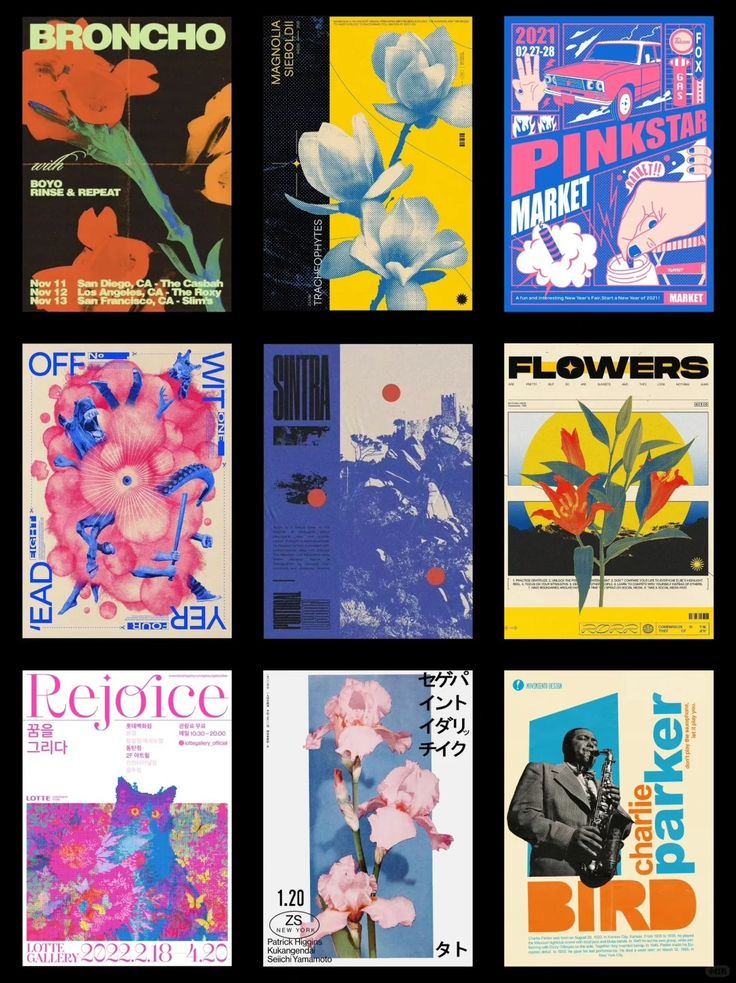
Staying Updated: Following Design Trends and Communities
Tracking current digital movements and participating in design communities provides constant inspiration and keeps your work relevant. These approaches help you understand what resonates with audiences while connecting you with other creative professionals.
Learning from Current Digital Design Movements
Digital design evolves rapidly across platforms, making it essential to monitor emerging patterns and styles. Social media platforms like Instagram and Pinterest offer daily exposure to fresh design approaches from leading creators worldwide.
Design blogs and online magazines showcase the latest visual trends with detailed analysis. Websites like Behance and Dribbble feature cutting-edge work that demonstrates how graphic designers interpret current movements.
Following design trends requires examining multiple sources regularly. Industry publications highlight seasonal color palettes, typography shifts, and layout innovations that influence commercial projects.
Key trend-watching methods:
- Subscribe to design-focused newsletters
- Follow top designers on social platforms
- Bookmark trend forecasting websites
- Monitor brand redesigns and campaigns
Engaging with Design Communities and Challenges
Design communities provide direct access to peer feedback and collaborative learning opportunities. Platforms like Reddit’s design forums and Discord servers offer real-time discussions about current projects and industry developments.
Participating in design challenges pushes your creative boundaries while exposing you to diverse approaches. Daily logo challenges, poster contests, and themed design prompts generate fresh ideas through structured practice.
Online forums allow you to share work, receive critiques, and observe how other graphic designers solve visual problems. These interactions reveal techniques and perspectives that enhance your creative toolkit.
Local design meetups and workshops provide face-to-face networking opportunities. These events often feature presentations about emerging trends and hands-on learning experiences with new design tools.
- 0shares
- Facebook0
- Pinterest0
- Twitter0
